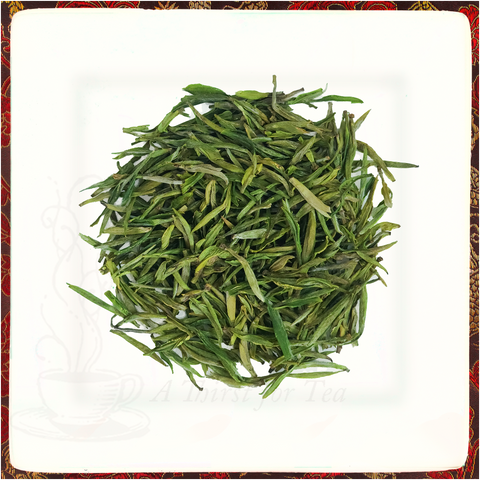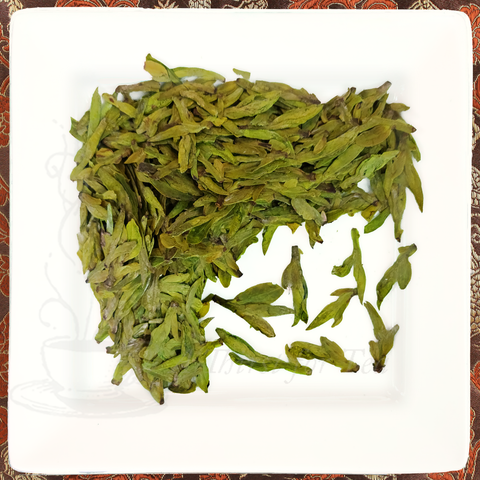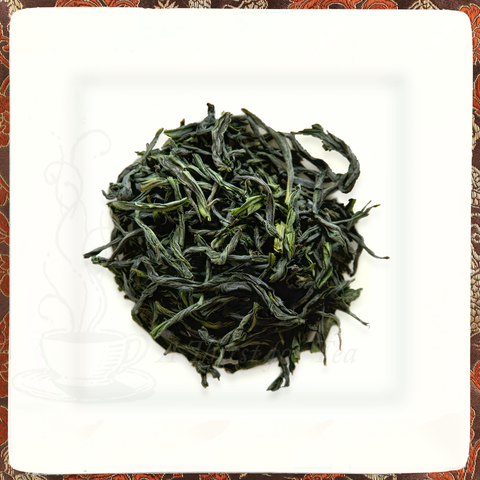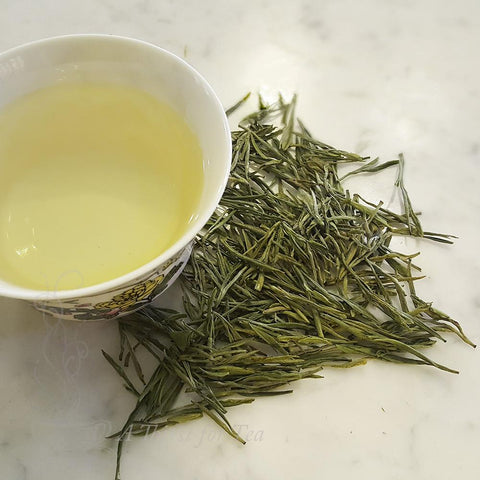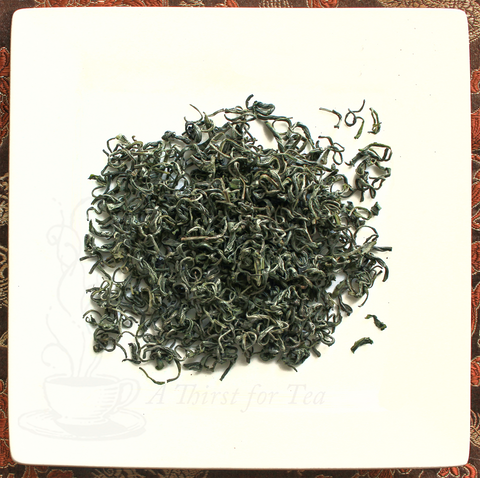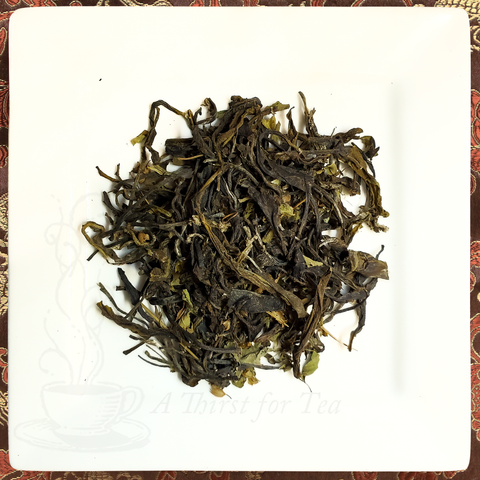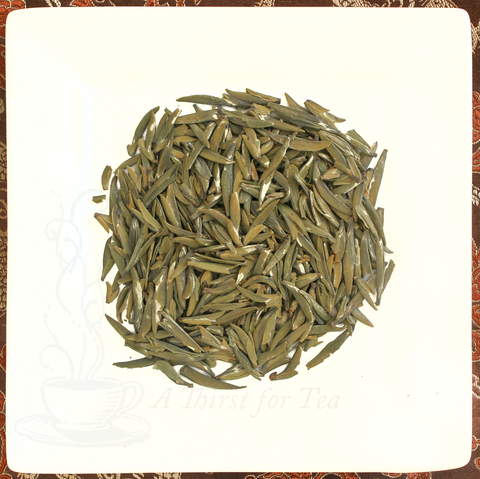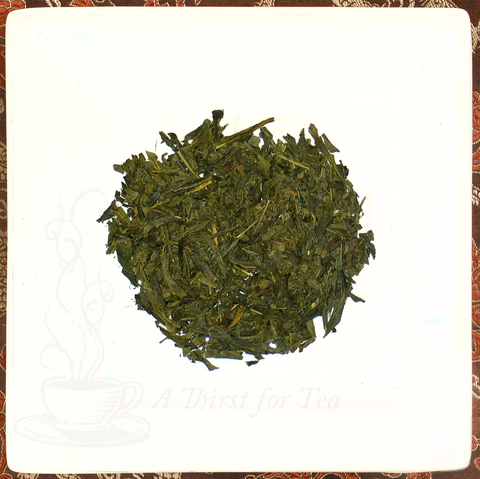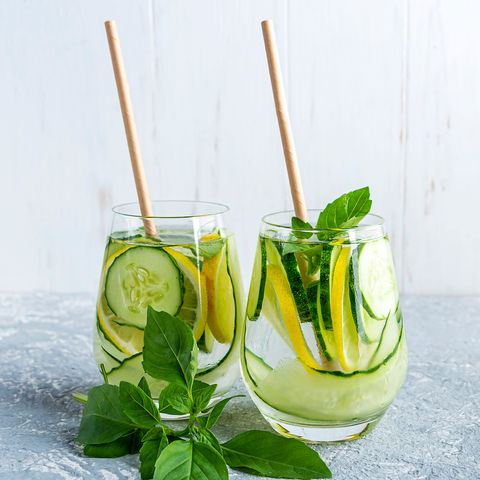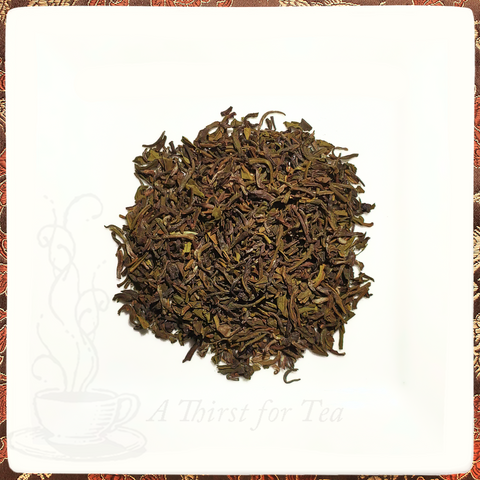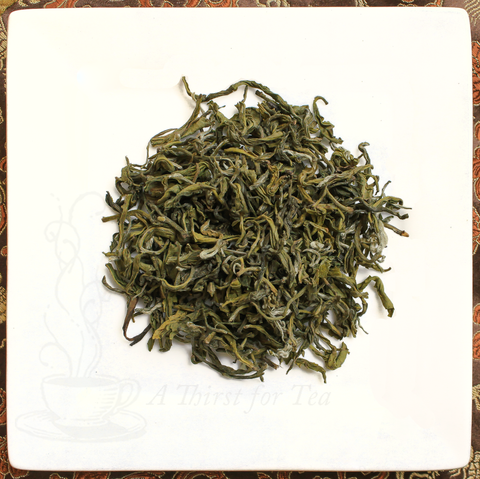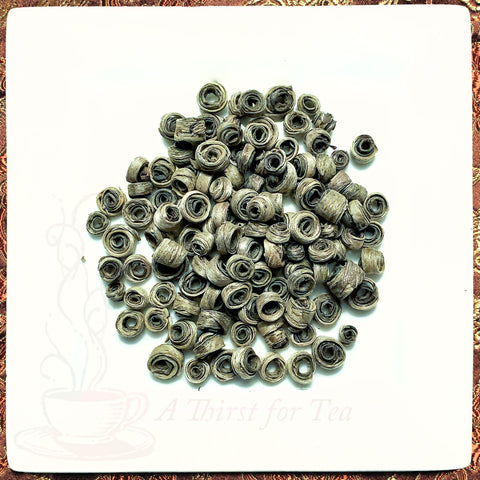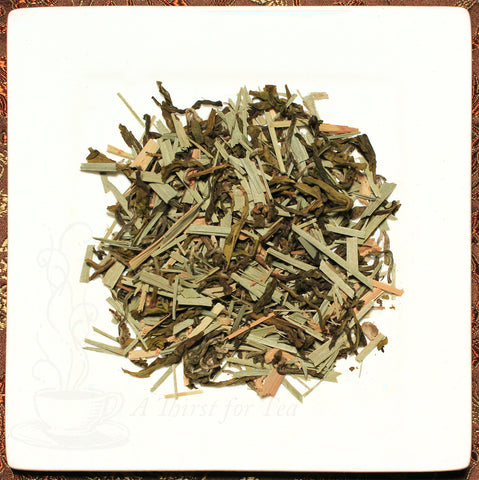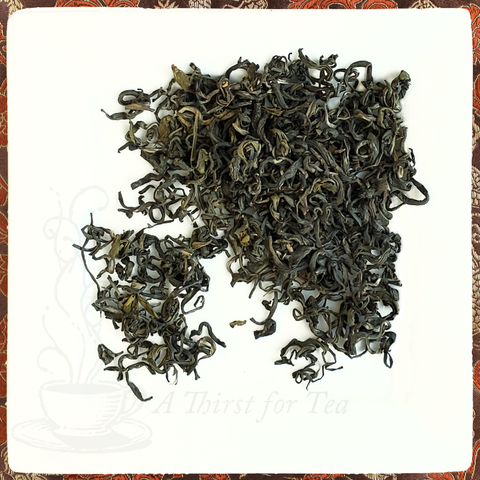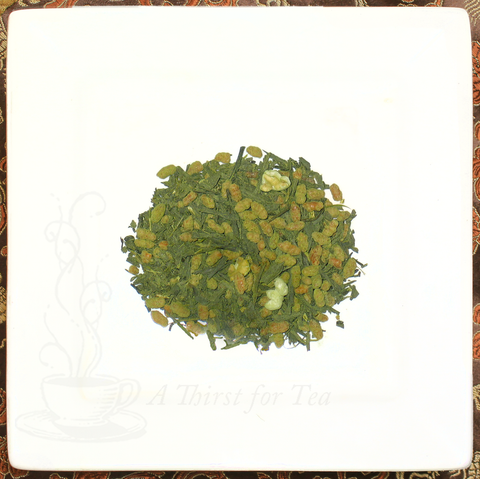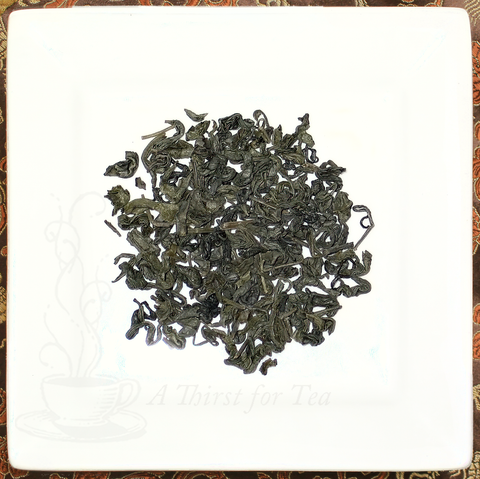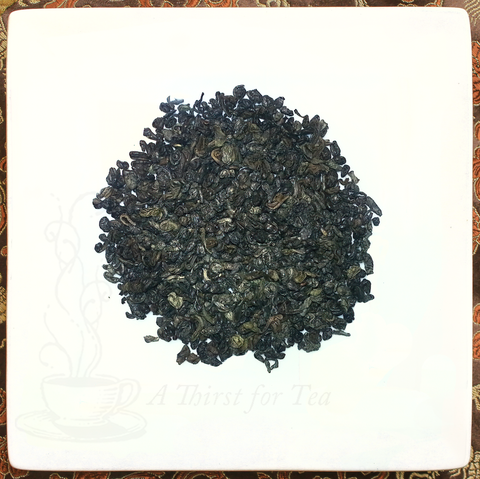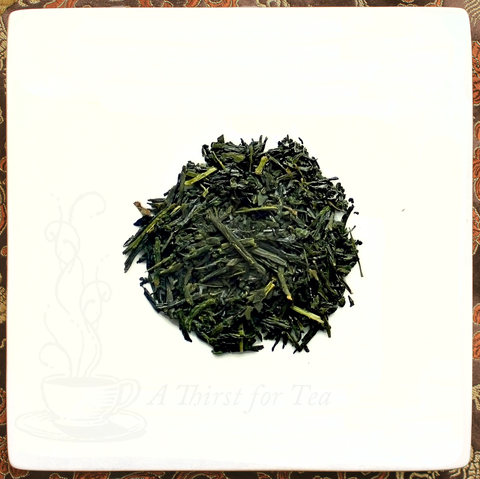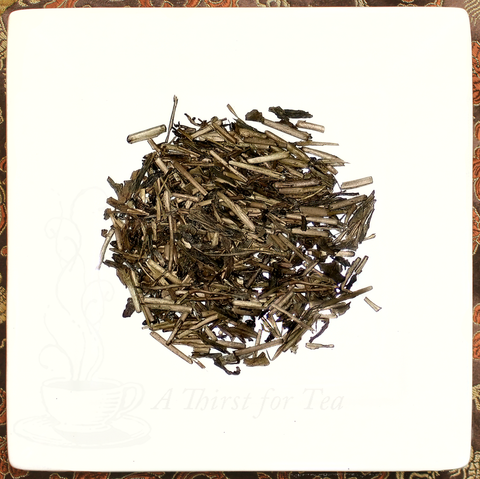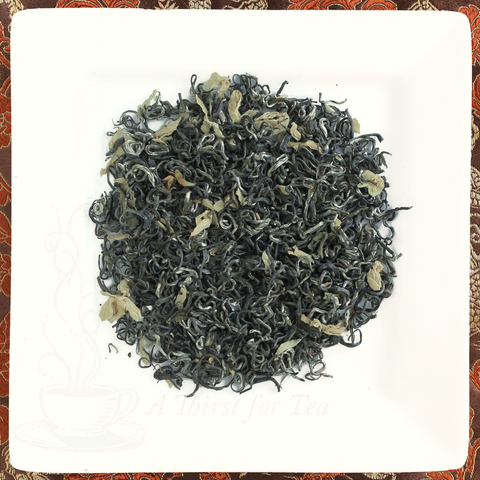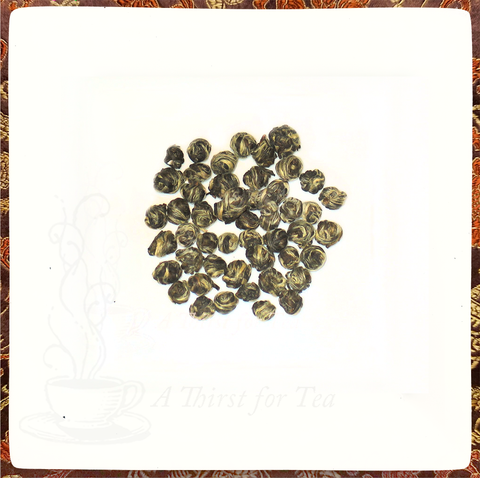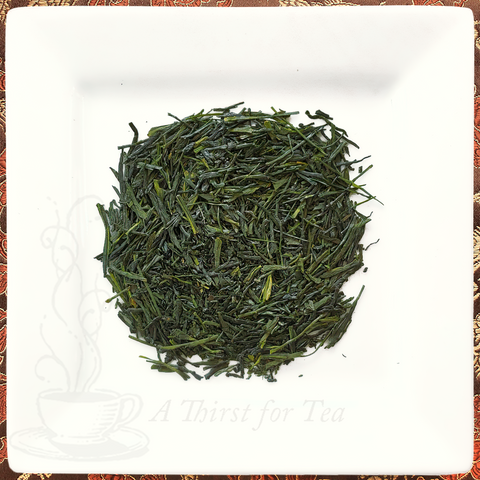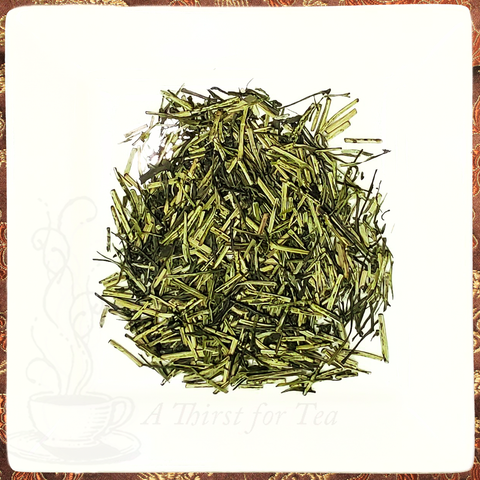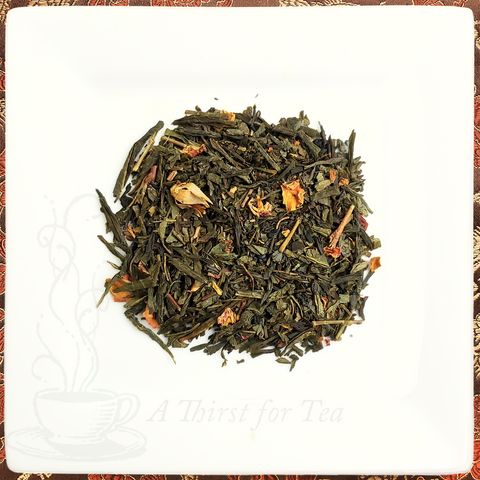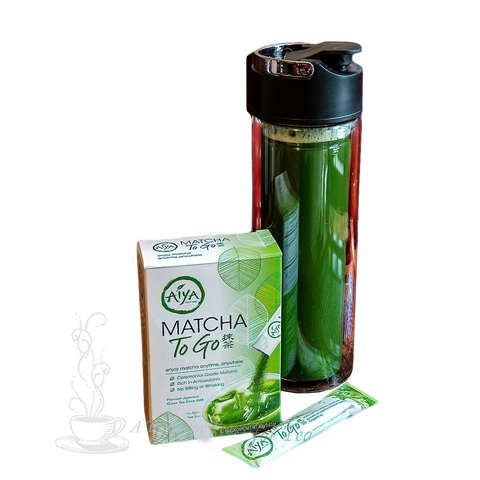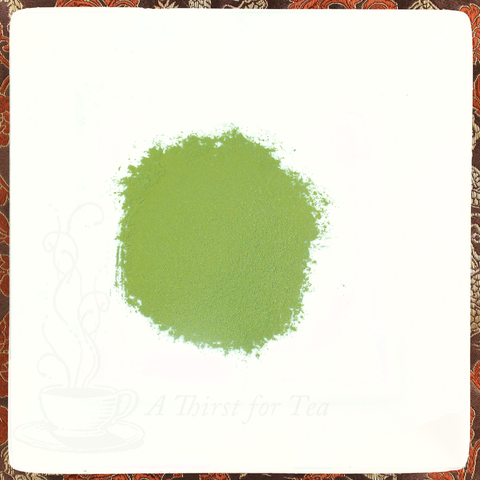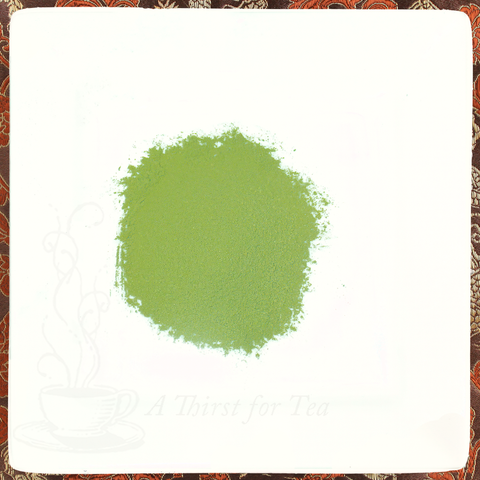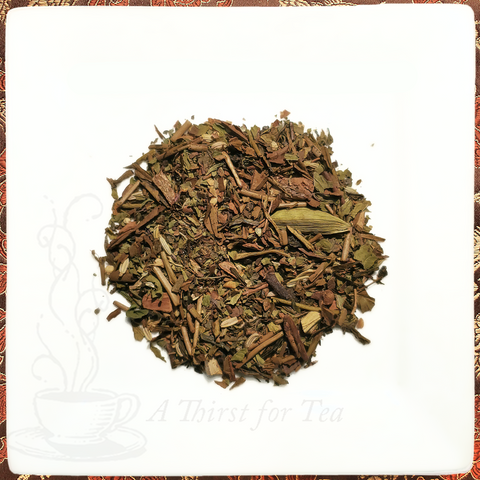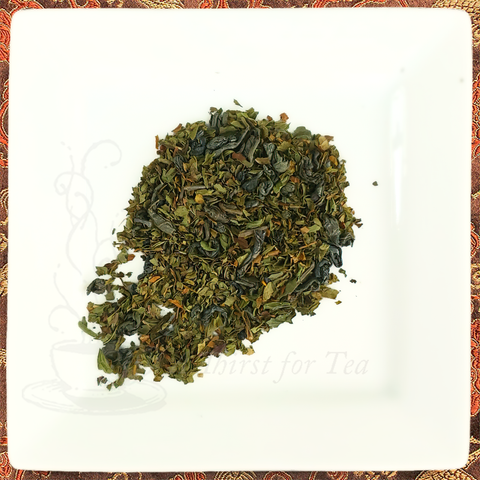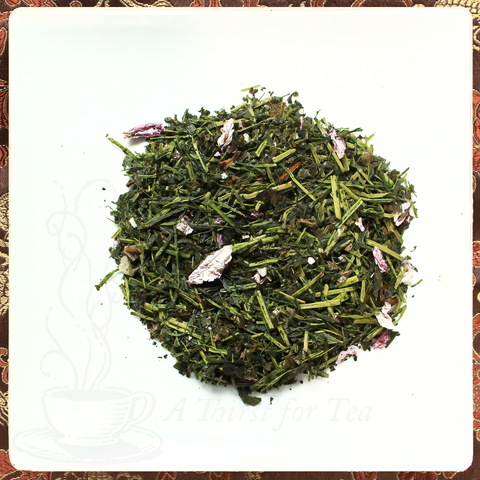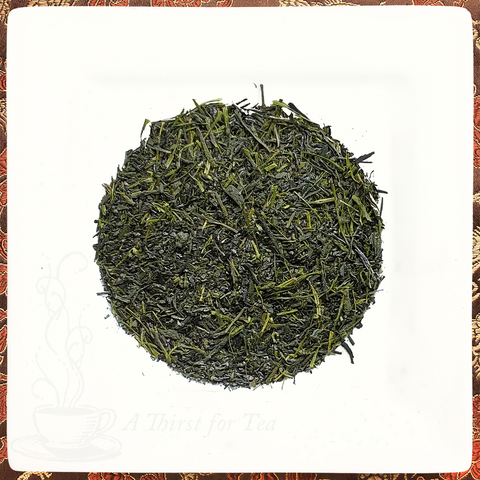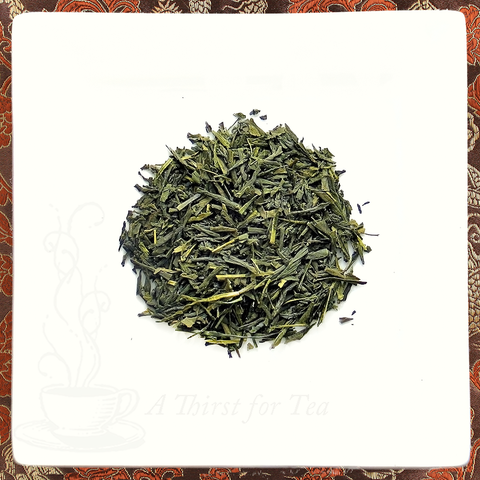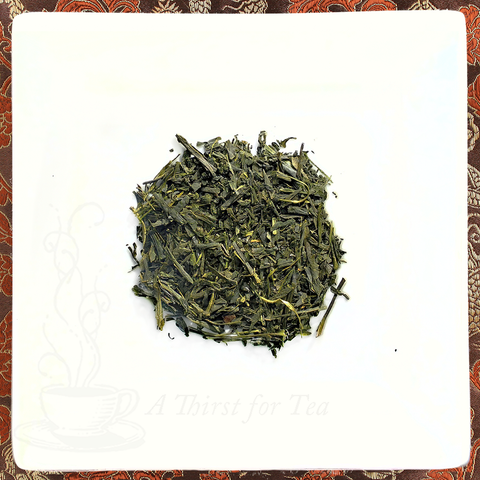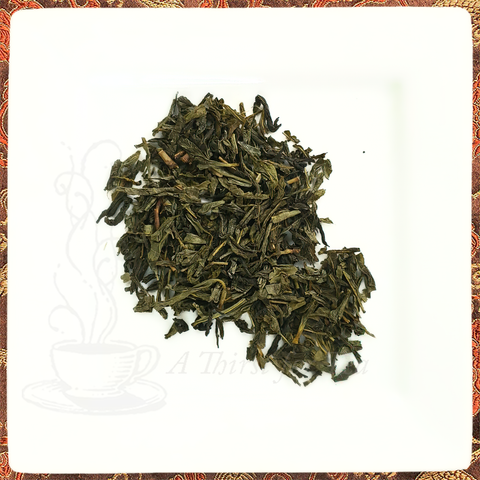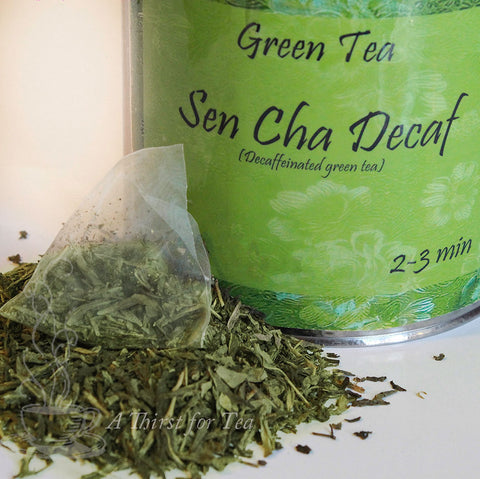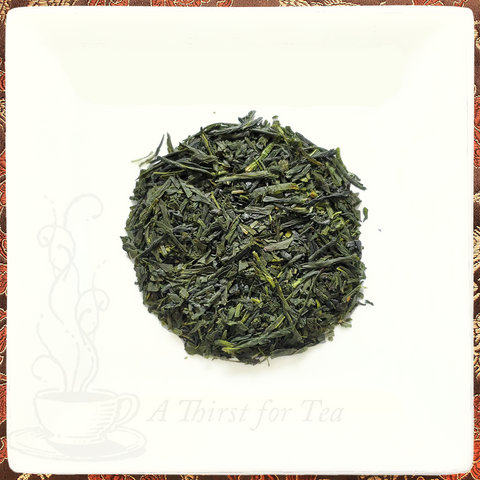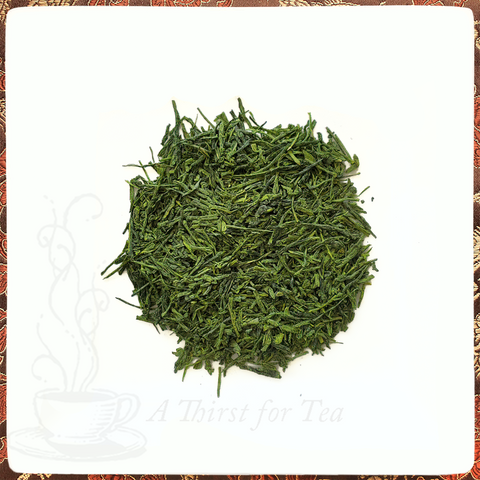Our Sendai Lemon Ginger Decaf is a Sen Cha Style Decaf tea with Lemon & Ginger. It is named in honor of the Tanabata Festival that takes place annually in Sendai, a city of 1 million located in Japan's Tohoku, or northeast region. The festival is a very romantic one that celebrates the meeting of the princess Orihime, daughter of the Sky King and her beloved Hikoboshi, a lowly cowherd.
Ingredients: Artisan decaffeinated green tea
Origin: Hunan, China; Blended by A Thirst for Tea
The base tea we use in this flavorful decaffeinated green tea is a decaf Sen Cha style green tea that was grown and produced in China's Hunan Province. The exceptional leaf is decaffeinated using a patented Canadian Chemical Free CO2 process. During the process, naturally occurring CO2 is circulated under high pressure to extract caffeine. Not only is this process completely chemical free and kind to the environment, it leaves none of the chemical flavor residue associated with chemically decaffeinated teas. The light, fresh taste that is the result makes this tea a natural for blending with dried fruits and herbs, in this case we use naturally dried fresh ginger and lemon zest and blended them with organic lemongrass.The use of ginger in Traditional Chinese Medicine dates back at least 2,500 years. It has been valued as especially as an effective digestive aid and nausea remedy. Human studies document its effectiveness in morning sickness, chemotherapy induced nausea, post-op nausea and motion sickness. Ginger is an anti-inflammatory and is valued as an aid in treating arthritis and rheumatic complaints. Lemon has historically been used in curing ills like indigestion, bad breath and sore throats. It is also an effective means of cleansing the overloaded digestive system.
Brewing Instructions
Water Temperature: 168-175
Water Quality: Best with Spring Water
Amount of Leaf (per 6 fl oz water): 1 tsp. (2.5 grams)
Steep Time: 1-3 minutes
Number of Infusions: 3
Most Japanese green teas may be prepared in a standard teapot, tetsubin, or in your favorite mug or lidded gaiwan. For best results, we recommend that you pre-warm your vessel, and place 2.5 grams of leaf per 6 oz of liquid, before infusing with 168-175 degree water for up to 1-3 minutes. As with all green teas, most Japanese green teas can be infused at least three times. Increase the time and temperature slightly with each subsequent infusion. Experimenting with your own temperatures and steeping times is encouraged, especially with such a forgiving tea. Cooler temperatures and shorter times yield more mellow, fruity elements, while hotter water and longer times produce more floral and full-bodied complexities. Always use the best-tasting water you can find, and adjust steeping times, quantity of leaves, and water temperature to your personal preferences.
We highly recommend brewing your tea in a teapot or mug with a removable infuser so that you can remove the leaves at the end of the steeping time. Whole leaf teas of this quality need room to unfurl and expand in the water in order to perform their "magic." If you don't have a removable infuser, you can brew the loose leaves directly in the pot. At the end of the steeping time, pour all of the tea into a warm serving pitcher or pot.





